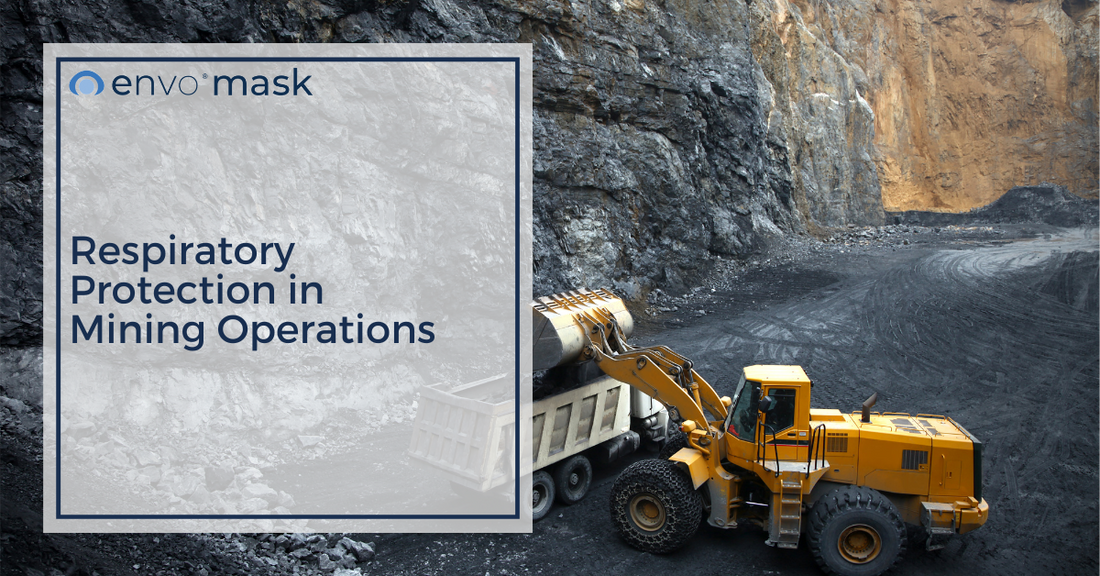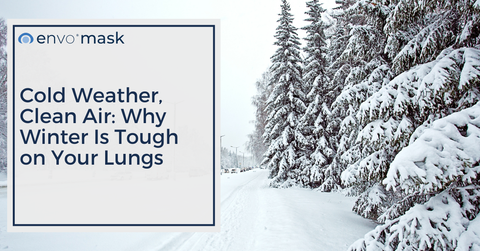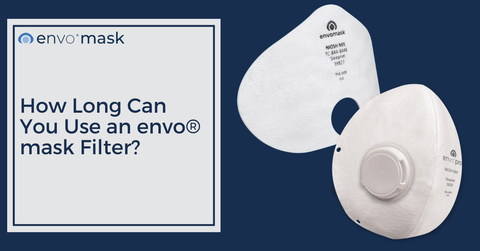articles
Respiratory Protection in Mining Operations

Respiratory Protection in Mining Operations

Photo by stafichukantatoly on Pixabay
By: Skylar Carr
Mining is a hazardous occupation that exposes workers to various types of airborne particulate matter, including dust, silica, and other harmful substances. Inhaling these particles can lead to serious health problems, such as silicosis, lung cancer, and other respiratory disease (Center for Disease Control. www.cdc.gov. Accessed 6/20/2023).
As a result, the use of respiratory protection is essential for miners, and N95 and N99 respirators are among the most used types of protective equipment in the mining industry.
According to the International Journal of Industrial Ergonomics, “Hard coal miners most commonly use filtering-facepiece respirators to protect themselves from hazardous air particles. Prolonged exposure to coal mine dust is the cause of various pulmonary diseases, particularly coal workers’ pneumoconiosis” (Angelika Więckol-Ryk et al. “Assessing the breathing resistance of filtering-facepiece respirators in Polish coal mines: A survey and laboratory study.” International Journal of Industrial Ergonomics, 68. November 2018, 101-109.)
Respiratory protection has been a focus of occupational health and safety in the mining industry for many years. Prior to 1977, before Congress passed the Federal Mine Safety and Health Amendments Act, there were few regulations or guidelines to protect workers from the hazards of airborne particles. As a result, most miners suffered lung diseases and other health problems. Today, mining companies must provide their workers with appropriate respiratory protection, and many have implemented work safety programs to monitor and control airborne hazards.
Consider the following scenarios in which a mining worker would wear an N95 or N99 respirator:
Surface miners are engaged in an open-pit mining operation that involves the removal of soil and rock through drilling and blasting. This process generates significant amounts of dust and other particles, posing a risk to the worker’s respiratory health. In accordance with MSHA’s PPE requirements for mining, the workers operating heavy machinery wear envo® pro N99 respirators. These respirators are essential in protecting them from airborne hazards and maintaining their safety throughout the job.
During mineral processing, workers are responsible for crushing large rocks, which produce dust and other hazardous particles. MSHA’s PPE requirements for mining emphasize the importance of worker safety in such tasks. To ensure the workers’ well-being, the safety officer ensures that they wear N95 or N99 approved respirators. These respirators provide the necessary protection against harmful particles, safeguarding the workers’ health and ensuring a safe working environment.
Features of the envo® pro: The envo® pro N95 and N99 respirator offers superior comfort, fit, and durability. Its patented AIR°gel® cushion technology provides a soft and ergonomic seal, reducing irritation and marks on the skin. The respirator is available in two sizes: regular and extra-large. The envo® pro is designed for long-term wear, making it suitable for extended shifts in challenging environments. One notable feature is its non-fogging capability, which ensures clear vision even when wearing work glasses.
To promote a cooler breathing environment, the envo® pro N99 respirators are equipped with an exhalation valve. This valve facilitates the efficient release of warm air, preventing the buildup of heat and moisture within the respirator. As a result, workers can breathe more comfortably, even in challenging work conditions.
By utilizing the envo® pro N95 and N99 respirator, individuals can effectively protect themselves from airborne contaminants.
Prohibited Uses: DO NOT use for protection from gases and vapors, oil aerosols, asbestos, or sandblasting; particulate concentrations that exceed either 10 times the occupational exposure limit or applicable government regulations, whichever is lower. In the USA DO NOT use when the Occupational Safety and Health Administration (OSHA) substance-specific standards, such as those for arsenic, cadmium, lead in the construction industry, or 4,4’-methylenedianiline (MDA), specify other types of respiratory protection. This respirator does not supply oxygen and does not breathe for the user.


